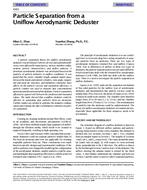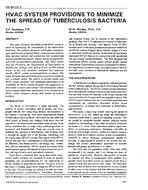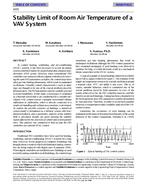Selection of acceptable combinations of tank sizes, heating rates, and control strategies for water-heating applications has historically been done using many rules of thumb and “experience-based” practices. These practices frequently lead to overly conservative designs specifying larger than necessary storage capacity and higher than necessary heating rates. These overly conservative design practices cannot be tolerated with modern high-efficency water-heating systems, which may be more capital intensive than conventional systems. Recognizing that more precise hot water consumption information was required for system design, a highly detailed water-heating applications research field test was initiated, which produced hot water consumption information at 15-second intervals 365 days a year for 14 single-family residences.
This high-time-resolution hot water consumption data allowed the development of new data analysis and presentation techniques that are very useful for water-heating system selection. “Design-case” hot water consumption curves for each of the 14 test sites are presented.
By producing approximate “realistic” hot water delivery capability curves for water-heating systems on the same scale as the “design-case” hot water consumption curves, the two sets of curves can be overlaid to determine the ability of a given water-heating system to serve the design-case hot water loads of a site. This plot-overlay approach using real or “realistic” design-case hot water consumption plots forms the basis of the new water heater system sizing methodology that is described.
The new data presentation and system-sizing methodologies allow numerous generally applicable conclusions to be drawn about water-heating system sizing.
Units: I-P
Citation: Symposium, ASHRAE Transactions, 1998, Vol 104, pt. 1A, San Francisco
Product Details
- Published:
- 1998
- Number of Pages:
- 14
- File Size:
- 1 file , 360 KB
- Product Code(s):
- D-7958


